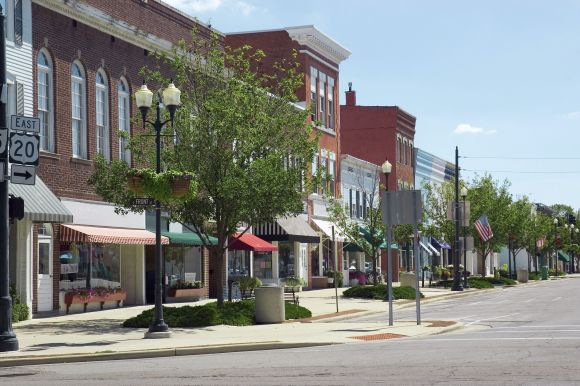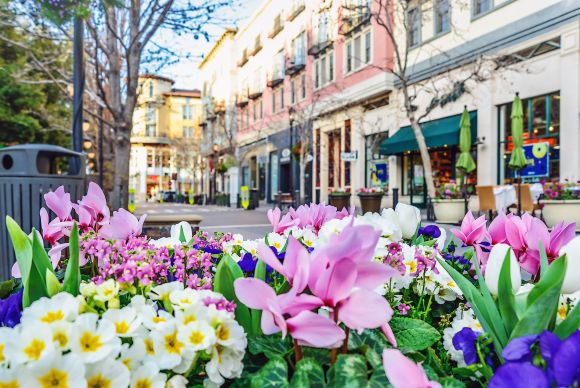By Bill R. Shelton, CEcD
Tourism for many communities is a key engine for economic growth, and civic leaders are closely examining ways to increase the number of visitors that enrich the local economy.
For years, communities have employed innovative marketing techniques to promote their natural and man-made attractions. As the tourism industry becomes more competitive, communities are recognizing that promotion and positioning alone will not guarantee success. In addition to the attractions themselves, they need to offer appealing “sub-attractions,” such as retail stores and restaurants that appeal to the throngs of people that visit their communities.
Retail is a potentially effective and profitable way to expand and deepen the visitor’s experience and extend the stay in the host community. Tourist retail has, of course, been around for a long time. These days, however, this type of retail must consist of more than T-shirt and souvenir shops. To ensure adequate shopping and dining experiences for their out-of-town visitors, many communities are integrating aggressive programs to expand their retail and restaurant bases.
An expanded offering of tourist retail provides these benefits:
- Tourism is an “export” industry that brings new dollars to the community
- Tourism enhances the visibility of the community and opens up other economic development opportunities
- Residents benefit from a more diverse and larger mix of retailers and restaurants
Additional Opportunities
Shopping is an important part of the visitor experience and can be leveraged by the community to capture a larger share of tourists’ spending.
Don’t overlook the importance of existing retailers, who can also benefit from the growth of the visitors industry. Many visitors are not looking for conventional tourism retail but instead want to shop where the locals shop, such as department stores, specialty stores, and restaurants. Are your existing retailers offering the types of products and services most in demand with visitors?
Also remember that a community does not have to be a major destination in order to benefit from tourist dollars. Smaller communities can leverage their attractions by ensuring that tourists’ needs are being met. Are your visitors looking for quaint gift boutiques or do they desire trendy nightlife and dining?
Understanding Your Visitors
The key to expanding and attracting retailers that serve the visitors industry begins with first understanding your customer – the visitors who are now coming to your community.
Begin by collecting basic visitor demographics that include the visitor’s town and country of origin, the numbers in the party, and the length of stay. This type of information should be attainable from your local attractions and lodging facilities and from sign-in books at convention and visitors bureaus. Local sources can be supplemented with information from state tourism offices, regional promotion groups, and third party research firm data.
This collected data has many uses. It can help you develop detailed psychographic profiles of your current visitors, identify new visitors, and target specific potential visitors. These detailed profiles can also be used to focus on expanding or attracting the retail mix and services needed to serve visitors.
The tourism industry is highly competitive. A community faces competition from destinations within the region and far beyond. Communities have the opportunity to meet the competition head on by expanding and attracting visitor-oriented retailers.
To learn more about marketing your tourist destination, check out our blog.
Blog originally published in March 2015.


